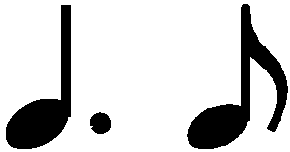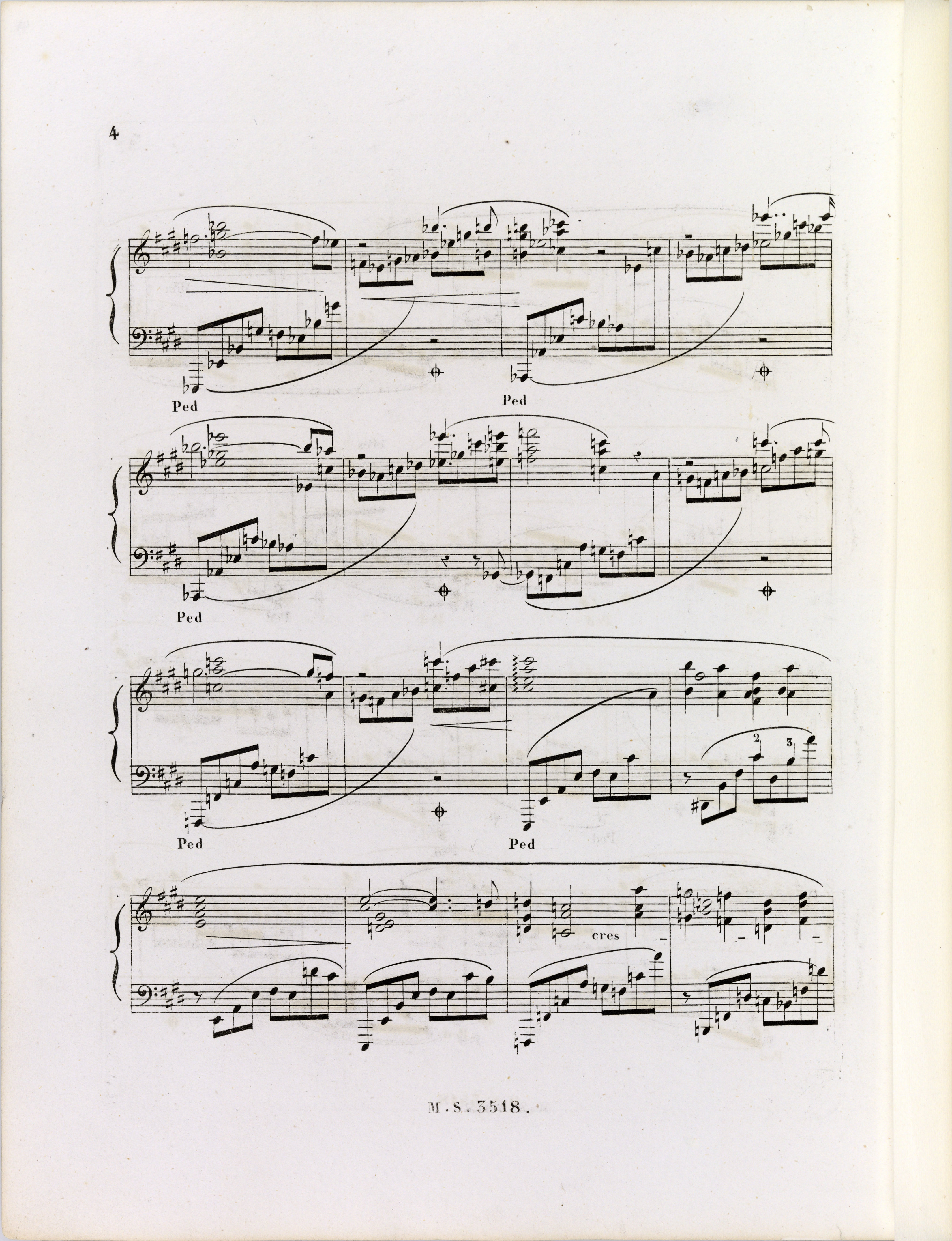



Page:
Source:
p. 6, b. 41-56
FEJ - Jędrzejewicz copy
Prezentacja
Select

The notation of the upper voice in FE1 –  rhythm with the quaver being moved outside the last quaver of the lower voice – indicates the engraver's error, who placed the notes in accordance with the double dotted rhythm (as in GE), yet he added only one dot and stem to them. The error was revised in FE2 and EE1 by correcting the placement of notes and not their rhythmic values. In EE2 the double dotted rhythm was introduced, without changing the layout of the notes.
rhythm with the quaver being moved outside the last quaver of the lower voice – indicates the engraver's error, who placed the notes in accordance with the double dotted rhythm (as in GE), yet he added only one dot and stem to them. The error was revised in FE2 and EE1 by correcting the placement of notes and not their rhythmic values. In EE2 the double dotted rhythm was introduced, without changing the layout of the notes.
Compare the passage in the sources »
category imprint: Graphic ambiguousness; Differences between sources
issues: Errors in FE
notation: Rhythm






